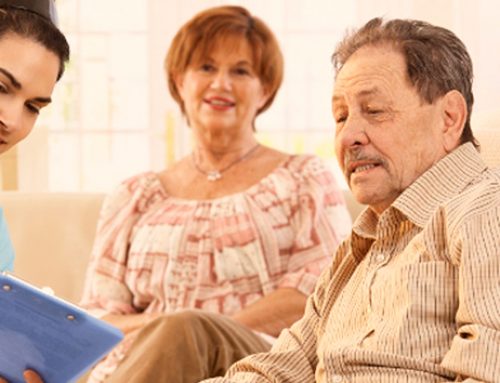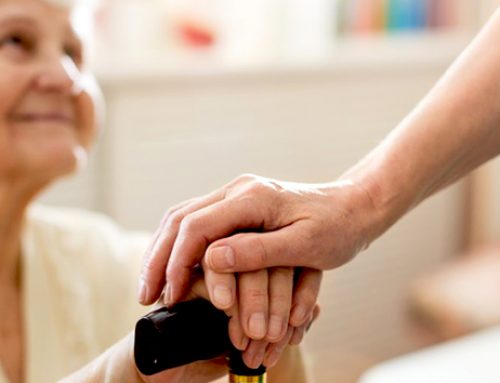Elder abuse isn’t a topic anyone enjoys discussing, but it’s important to talk about it. Experts estimate that 10% of older adults are victims of elder abuse, yet only a small percentage of cases are ever reported. Elder abuse includes:
Physical abuse—Use of physical force that results in illness or injury; restraining an older adult against their will.
Emotional or psychological abuse—Insults, threats and other behavior that causes mental pain; isolating the individual from other people.
Sexual abuse—Involving the person in forced or unwanted sexual contact.
Neglect and abandonment—Failure to provide food, shelter, hygiene, medical care and other basic necessities of life.
Financial exploitation—Theft, forgery, stealing from an older person’s bank account or retirement benefits; fraud; improper use of guardianship or power of attorney.
Elder abuse is sometimes perpetrated by a stranger—a random robbery, a scam telephone call, or a “friendly stranger” who works their way into the senior’s life for bad purposes. But sadly, experts report that most elder mistreatment is at the hands of a “trusted other”—perhaps a family member, a friend, a neighbor or a financial advisor. Though the risk of elder abuse increases when an older adult is dependent on others due to mobility challenges, dementia or other disabilities, elder mistreatment happens to seniors of every socioeconomic and health status. It can occur in the person’s home, in a care facility, or in the home of a family member.
Gerontologists also say that social isolation is a top risk factor for elder abuse, giving World Elder Abuse Awareness Month 2021 increased significance. Stay-at-home orders have curtailed many services that keep older adults connected to the world outside their homes. Economic insecurity has raised instances of financial abuse. And scammers have been out in full force, taking advantage of the fears of older adults to sell them useless treatments and cures, or to scare them into divulging personal information that allows the crooks to access the elders’ bank accounts.
What are the consequences?
Elder abuse can have several physical and emotional effects on an older adult. Victims are often fearful and anxious. They may have problems with trust and be wary of others. Many victims suffer physical injuries. Some are minor, like cuts, scratches, bruises, and welts. Others are more serious and can cause lasting disabilities. These include head injuries, broken bones, constant physical pain, and soreness. Physical injuries can also lead to premature death and make existing health problems worse.
How can elder abuse be prevented?
There are a number of factors that may increase or decrease the risk of perpetrating and/or experiencing elder abuse. To prevent elder abuse, we must understand and address the factors that put people at risk for or protect them from violence.
- Listen to older adults and their caregivers to understand their challenges and provide support.
- Report abuse or suspected abuse to local adult protective services, long-term care ombudsman, or the police. Use the National Center on Elder Abuse Listing of State Elder Abuse Hotline to find the state of Maryland’s reporting numbers, government agencies, state laws, and other resources.
- Educate oneself and others about how to recognize and report elder abuse.
- Learn how the signs of elder abuse differ from the normal aging process.
- Check-in often on older adults who may have few friends and family members.
- Provide over-burdened caregivers with support such as help from friends, family, or local relief care groups; adult day care programs; counseling; outlets intended to promote emotional well-being.
- Encourage and assist persons (either caregivers or older adults) having problems with drug or alcohol abuse in getting help.
The older adult population is growing faster in the U.S. than are younger populations. Many older adults require care and are vulnerable to violence perpetrated by a caregiver or someone they trust. More research is needed to uncover the causes for, and solutions to, violence against older adults.




Leave A Comment